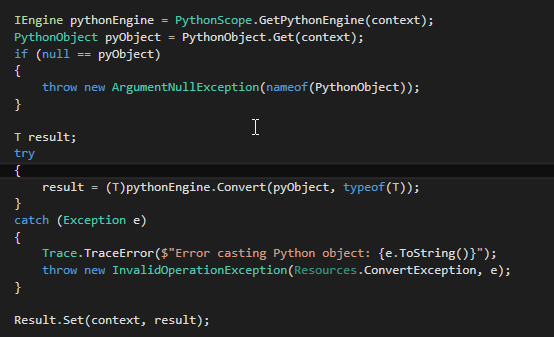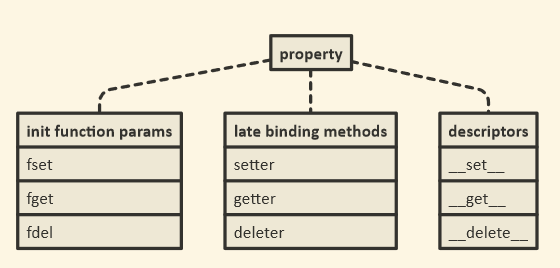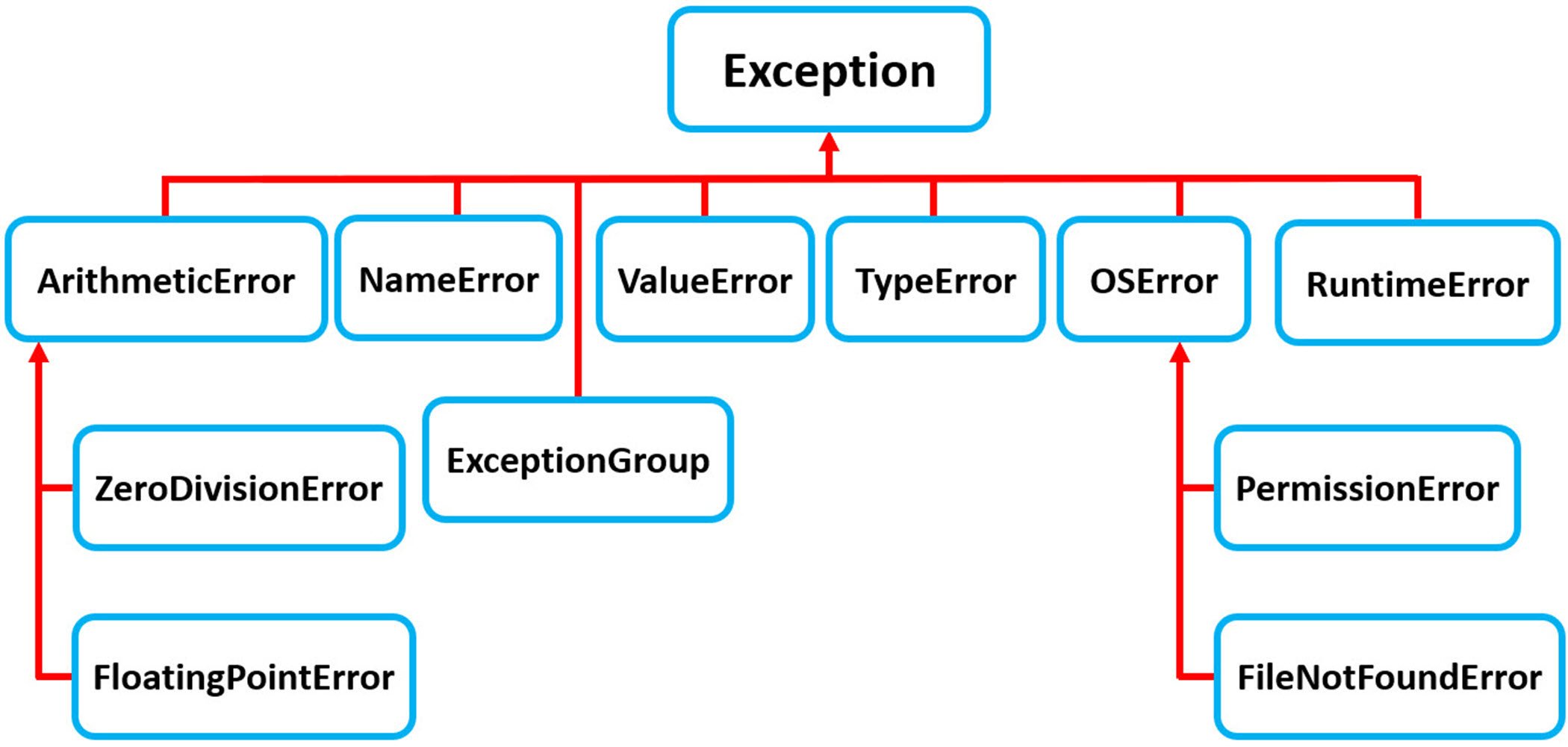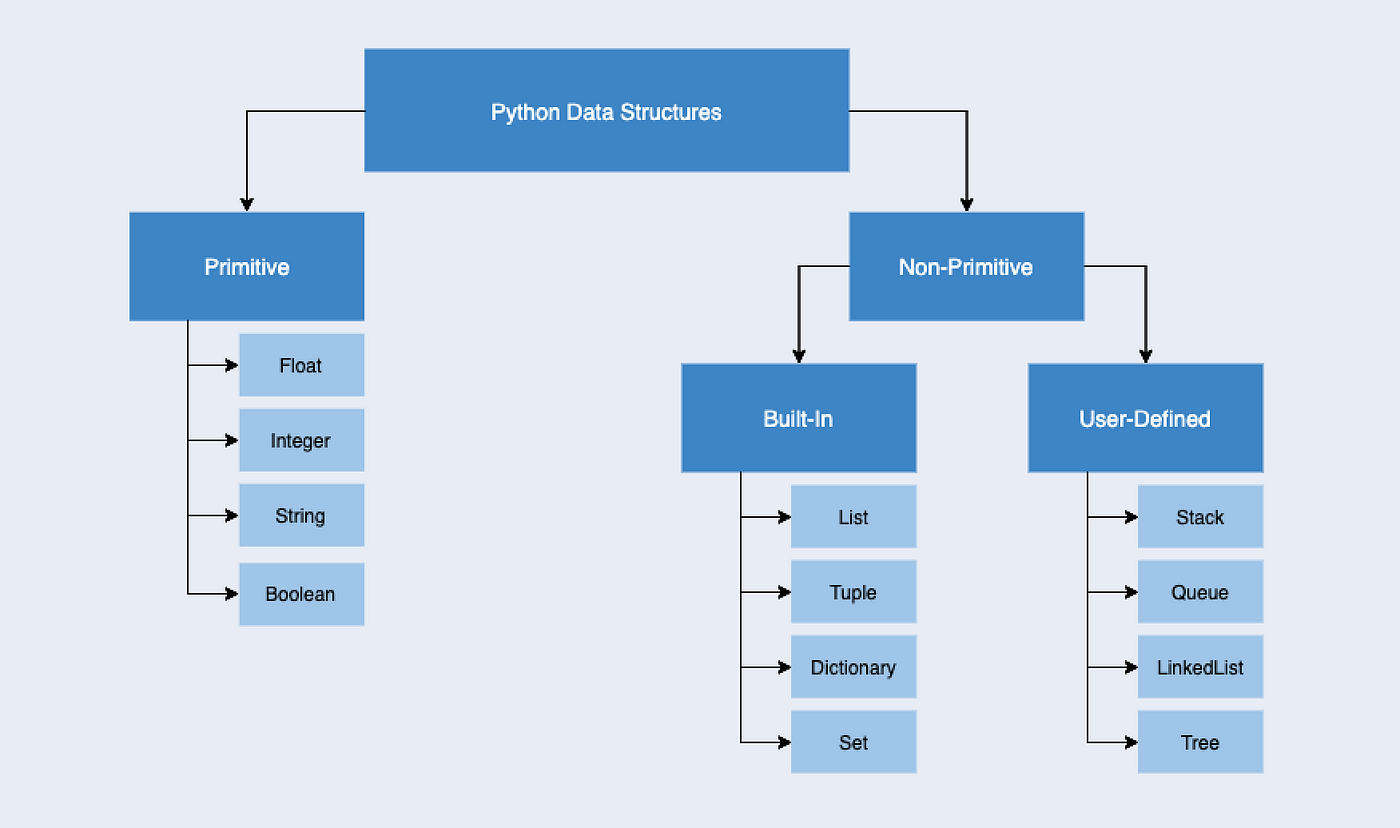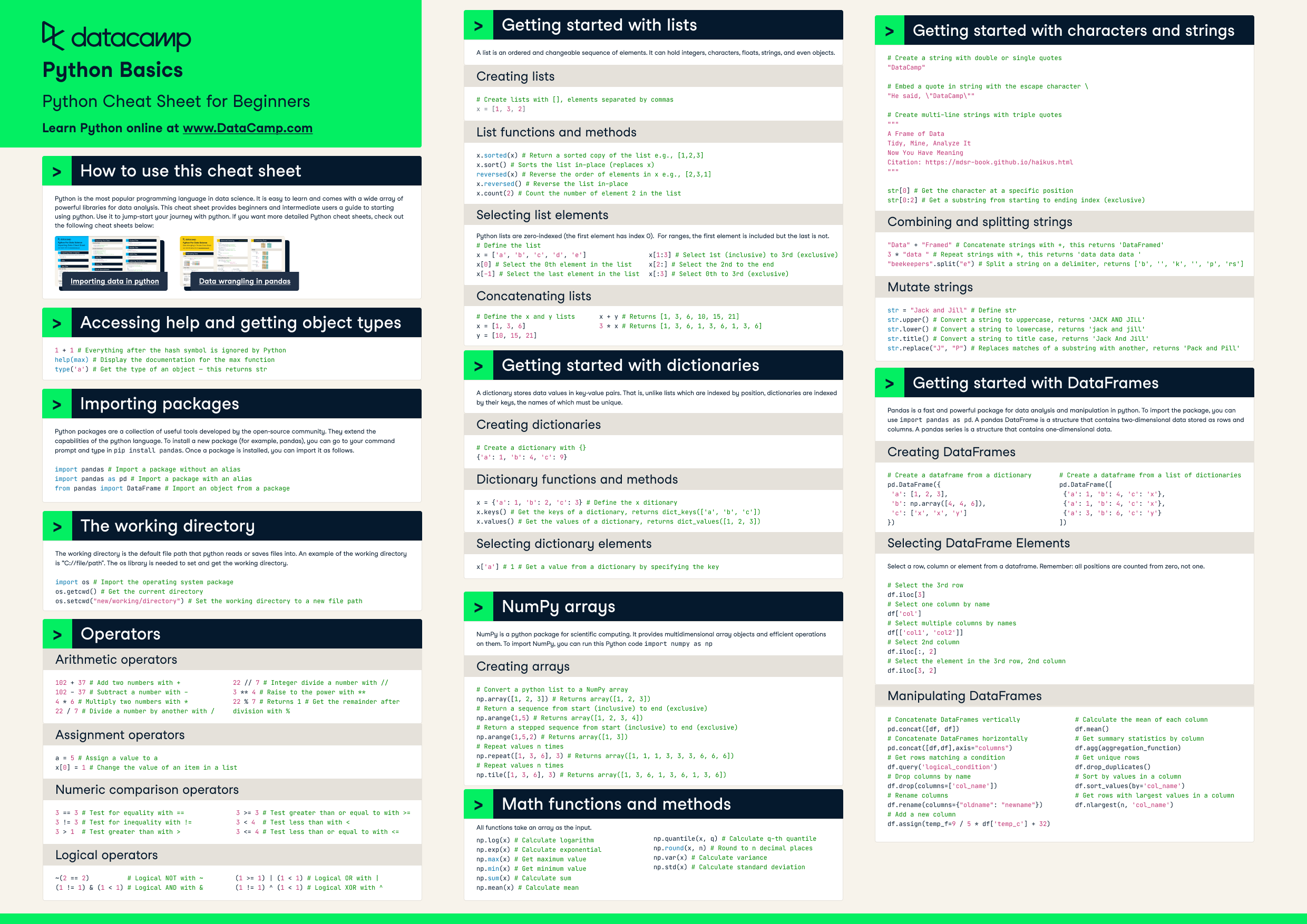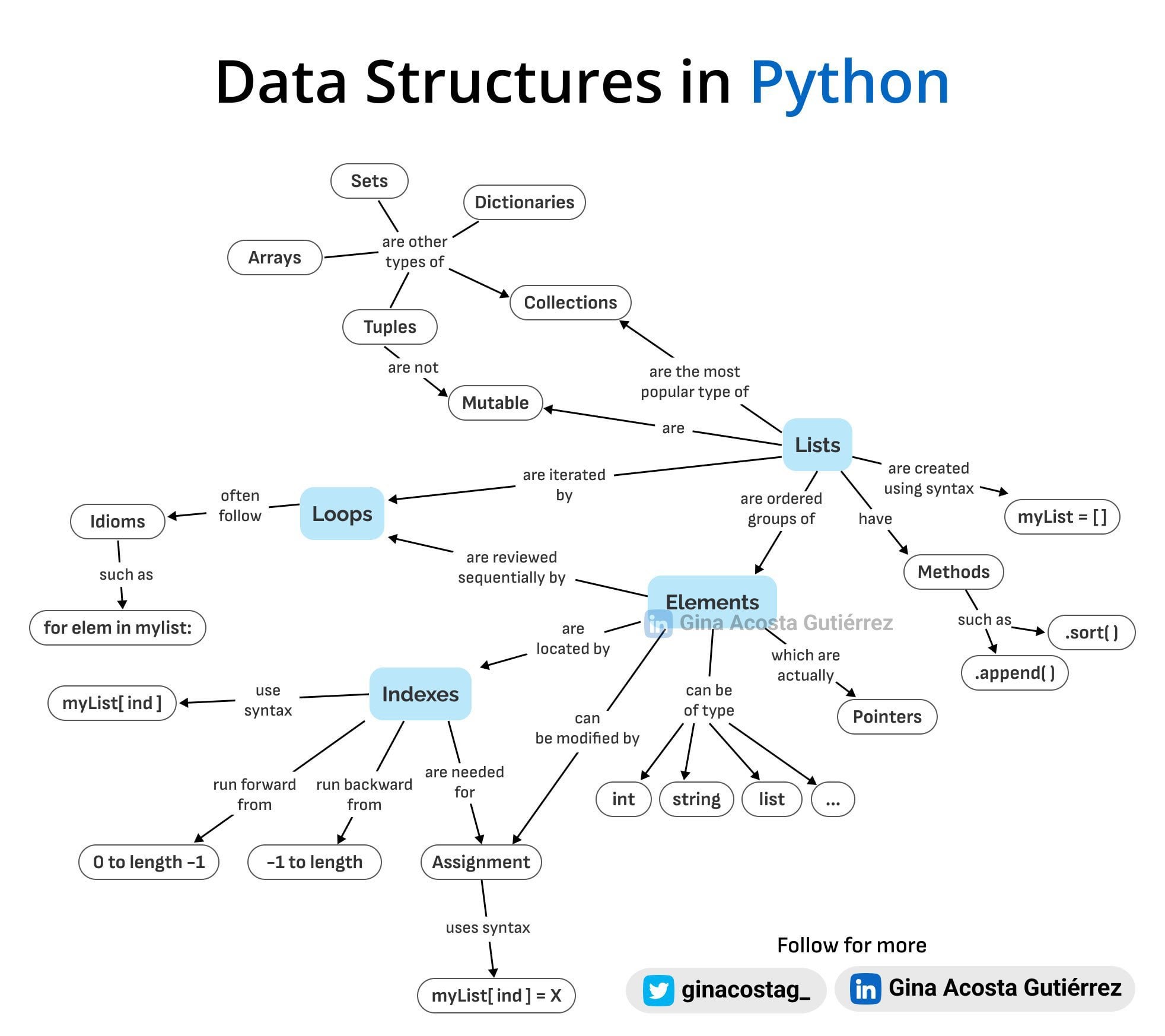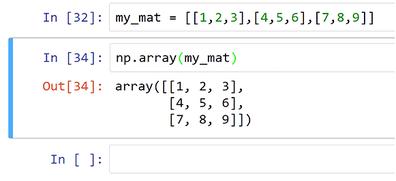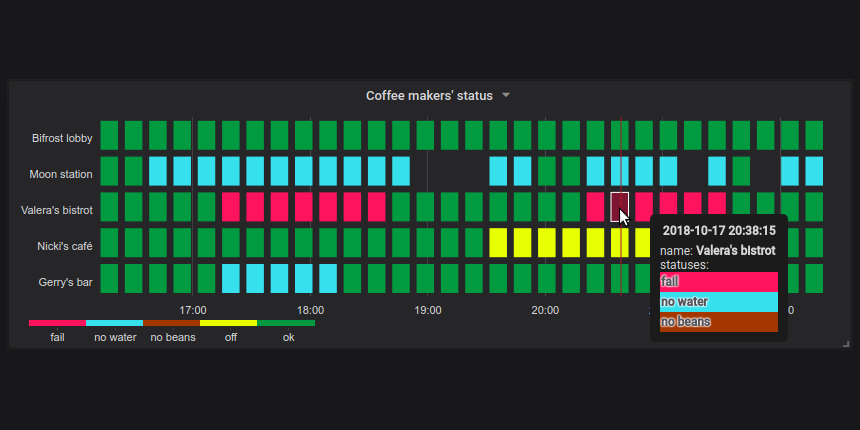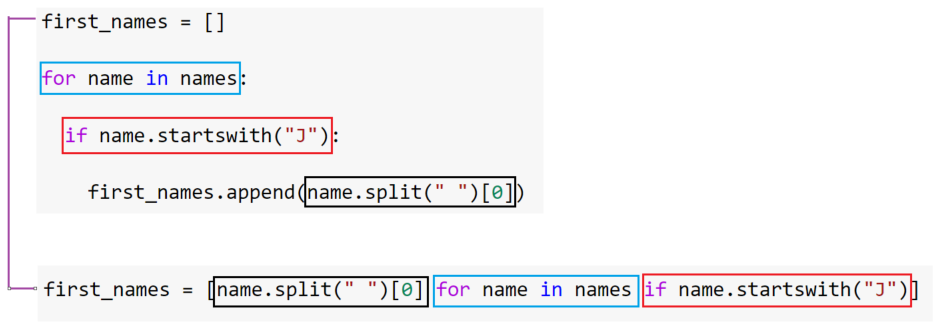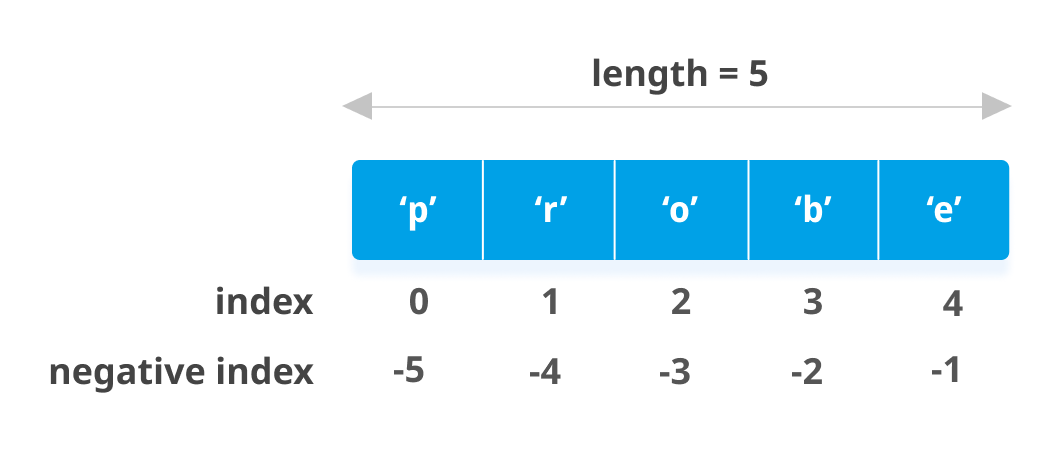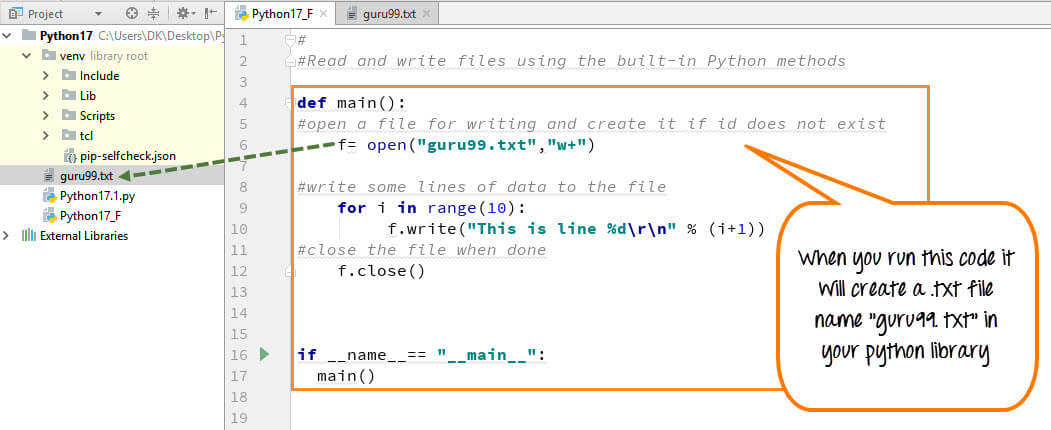Python graph example
Python graph example
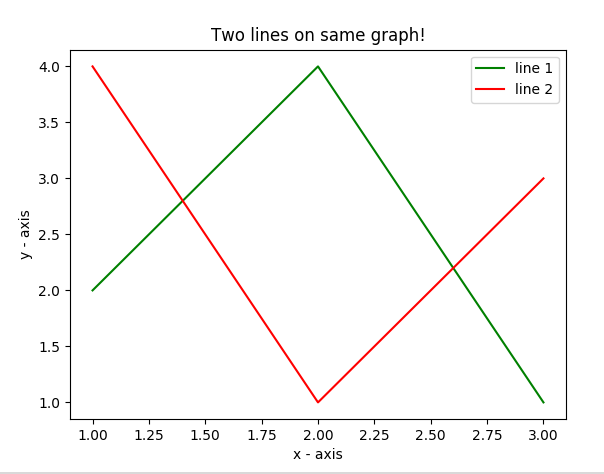
Here's a comprehensive example of using Python to create a simple line graph using the matplotlib library.
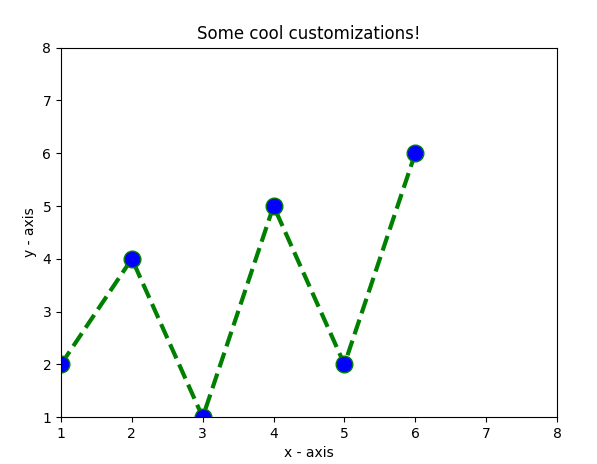
Example Code
import matplotlib.pyplot as pltimport numpy as np
Create some sample data for our graphx = np.linspace(0, 10, 100) # x values from 0 to 10
y1 = np.sin(x) # sine function for y values
y2 = np.cos(x) # cosine function for y values
y3 = np.tan(x) # tangent function for y values
Create the figure and axis objectsfig, ax = plt.subplots()
Plot each line separatelyax.plot(x, y1, label='Sine') # plot the sine function
ax.plot(x, y2, label='Cosine') # plot the cosine function
ax.plot(x, y3, label='Tangent') # plot the tangent function
Set some title and labelsax.set_title('Sine, Cosine, Tangent Functions')
ax.set_xlabel('X Axis')
ax.set_ylabel('Y Axis')
Add a legend to distinguish between the linesax.legend()
Show the plot!plt.show()
Output
This will display a graph with three separate lines representing the sine, cosine, and tangent functions.The x-axis represents the input values (from 0 to 10), while the y-axis represents the output values.
How it Works
We start by importing the necessary libraries:matplotlib.pyplot for creating plots and numpy for generating sample data. We create some sample data by generating x values from 0 to 10 using np.linspace. Then, we calculate y values using sine (np.sin), cosine (np.cos), and tangent (np.tan) functions. We create a figure and axis object using plt.subplots(). We plot each line separately using the ax.plot() method, specifying the x and y values for each function. We set some title, labels, and add a legend to distinguish between the lines using the various methods provided by ax. Finally, we display the plot using plt.show().
Tips and Variations
You can customize the appearance of your graph by tweaking settings such as line colors, styles, and font sizes. You can add more data points or functions to create a more complex graph. You can change the scale of the x-axis or y-axis using theax.set_xlim() or ax.set_ylim() methods. You can save the plot to a file instead of displaying it on-screen by using the plt.savefig() method.
I hope this example helps you get started with creating graphs in Python!
python graph theory
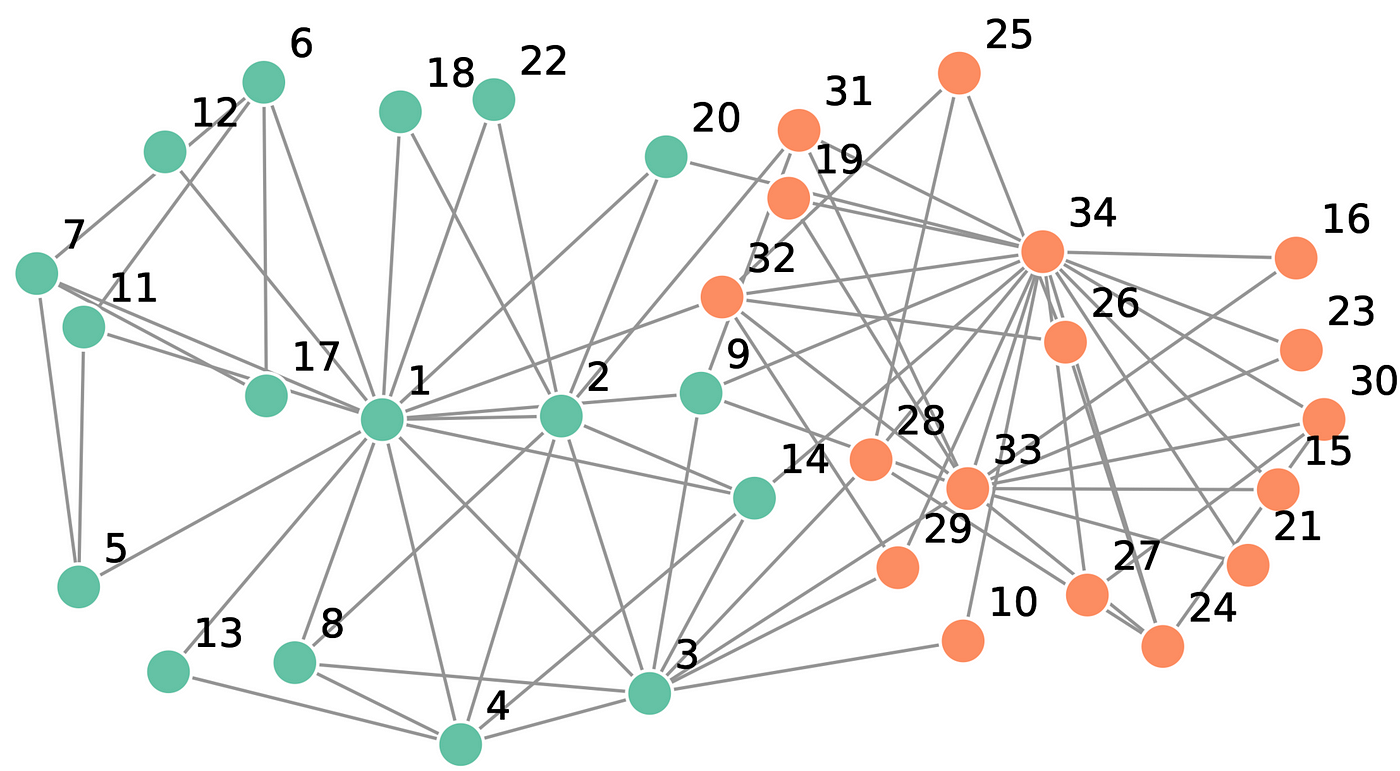
I apologize for the misunderstanding earlier!
Python is a popular programming language that has extensive libraries and tools for graph theory applications. In fact, Python's NumPy, SciPy, and NetworkX libraries make it an ideal choice for graph-based computations.
What is Graph Theory?
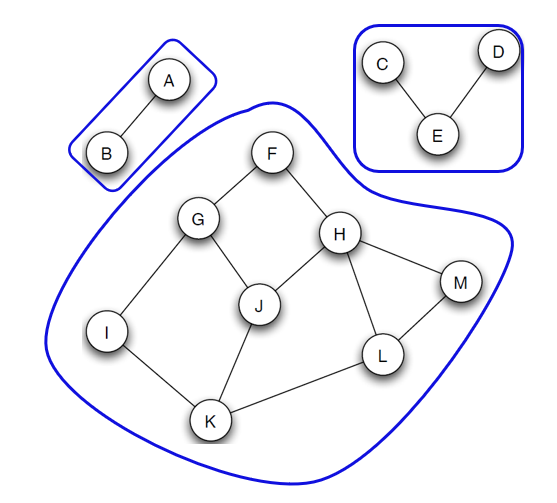
Graph theory is a branch of mathematics that studies the structure and properties of graphs, which are collections of nodes (vertices) connected by edges. Graphs can be used to model various real-world networks, such as social networks, transportation systems, biological pathways, or even computer networks.

Python Libraries for Graph Theory:
NetworkX: This is one of the most popular Python libraries for graph theory. NetworkX provides an efficient and flexible way to create, manipulate, and analyze graphs. It supports a wide range of algorithms for network analysis, including shortest paths, centrality measures, and community detection. SciPy: While not primarily designed for graph theory, SciPy's sparse matrix operations can be used to efficiently represent and manipulate large graphs. Additionally, some SciPy functions, likescipy.spatial.distance, can help compute various graph metrics. NumPy: As a fundamental library in Python, NumPy is essential for many graph-related computations. You can use NumPy arrays to represent graph nodes and edges, perform matrix operations, and even create custom algorithms for graph analysis.
Python Code Examples:
Here's a simple example of creating a directed graph using NetworkX:
import networkx as nxG = nx.DiGraph()
G.add_node('A')
G.add_node('B')
G.add_node('C')
G.add_edge('A', 'B', weight=2)
G.add_edge('B', 'C', weight=1)
G.add_edge('C', 'A', weight=3)
print(G.nodes()) # ['A', 'B', 'C']
print(G.edges()) # [('A', 'B'), ('B', 'C'), ('C', 'A')]
In this example, we create a directed graph G with three nodes ('A', 'B', and 'C') and three edges. Each edge has a weight associated with it.
Another example demonstrates how to compute the shortest path between two nodes using NetworkX's built-in algorithm:
import networkx as nxG = nx.DiGraph()
G.add_node('A')
G.add_node('B')
G.add_node('C')
G.add_edge('A', 'B', weight=2)
G.add_edge('B', 'C', weight=1)
G.add_edge('C', 'A', weight=3)
shortest_path = nx.shortest_path(G, source='A', target='C')
print(shortest_path) # ['A', 'B', 'C']
In this example, we compute the shortest path between nodes 'A' and 'C' using NetworkX's shortest_path function. The output is the sequence of nodes representing the shortest path.
Real-World Applications:
Python's graph theory capabilities have numerous applications in various domains, such as:
Social Network Analysis: Analyze social networks to understand community structures, identify influential individuals, and predict node centrality. Computer Networks: Model network topology, compute shortest paths between nodes, and optimize network routing. Bioinformatics: Study biological pathways, model protein interactions, and analyze genomic data using graph-based methods. Transportation Planning: Optimize routes for public transportation systems, predict travel times, and plan road networks.Conclusion:
Python provides an excellent environment for exploring graph theory concepts and implementing algorithms for various applications. With libraries like NetworkX, SciPy, and NumPy, you can efficiently represent and manipulate large graphs, perform computations, and analyze complex network structures. Whether you're working with social networks, computer networks, or biological pathways, Python's graph theory capabilities offer a powerful toolset for solving real-world problems.
